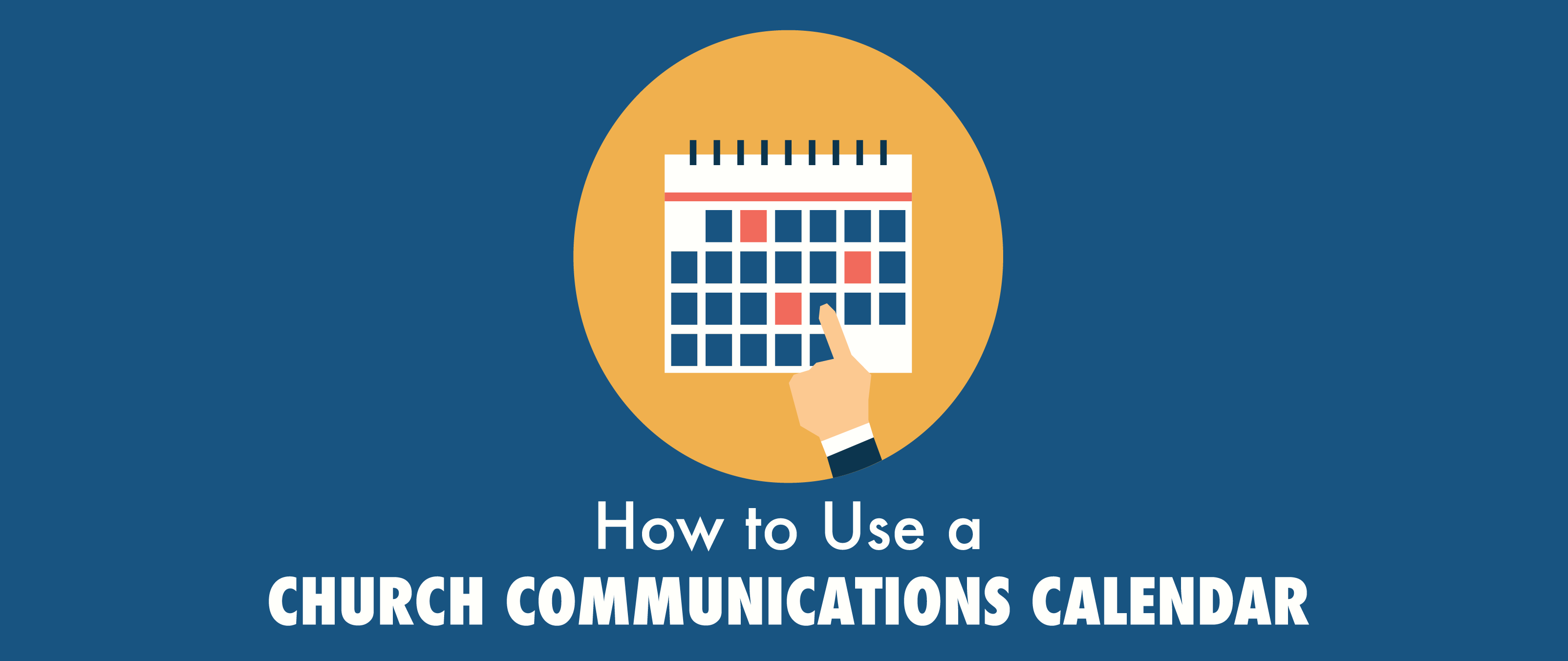 I have a lot of apps on my phone. I’ve crammed most of them into folders and relegated them to the last page, since I only open them once in a blue moon. But Instagram? That little app sits in the bottom row on the front page (a place of honor, since it’s right where my short fingers can reach it when using my phone one-handed).
I have a lot of apps on my phone. I’ve crammed most of them into folders and relegated them to the last page, since I only open them once in a blue moon. But Instagram? That little app sits in the bottom row on the front page (a place of honor, since it’s right where my short fingers can reach it when using my phone one-handed).
I love Instagram because it offers an appealing way to not only connect with friends but also find creative and lifestyle inspiration. I regularly follow (and unfollow) accounts to curate my feed so that it’s always full of great posts that add something to my day, yet never overwhelmed with posts that waste my time.
On Instagram, many people seek to connect with brands, personalities, and individuals who truly “get” them. By following you, that person invites you to be part of his or her life! Instagram is a great place for churches because it can serve as a little window into people’s everyday lives, giving you a chance to connect them to the church and God’s Word every single day.
If you haven't seen the benefits play out with your Instagram account, or if you're just starting a new one, check these three things to make sure you're using it the right way and expecting the right results.
Select the Right Account Settings
Before your account can reach its full potential, it needs to be set up properly. Take a look at your settings to see if they are correct for the way you want to use Instagram.
Username
Match your Instagram username to that of your other church social networks. If you already have an account with a different name but not much of a following, consider starting a new account (announcing your new username on Instagram so your current followers can make the switch). Consistency will help make your account easily identifiable.
Bio
Keep your bio short and simple. The pervading tone on Instagram is light and playful, so it doesn’t have to be completely serious! Include any church hashtags you want people to use and a link to your church website or blog.
Profile photo
Your Instagram profile photo is very tiny! Make it something easy to identify, such as your church logo. Or, use the same photo as your Facebook profile image for consistency. Avoid changing it often, since keeping the same image helps people quickly identify your church when they scroll through their Instagram feed.
Notifications
Enable push notifications to stay informed of the activity surrounding your account right as it happens. This helps you respond to comments quickly, see when new Facebook friends have joined Instagram (good time to start following them!), and so on.
Public or Private?
Choosing between a public or private account means deciding whether or not people can view your posts without your approval.
Public
Generally, a public account works best for churches. This allows anyone in the world to see your posts or follow your account without any further action from you.
Instagram can be a great fit for a smaller audience too, such as a ministry group within the church. Posts geared toward group members can serve a dual purpose of keeping members engaged in the group and also encouraging nonmembers to consider joining the group. Members would appreciate inspirational scripture that ties in with their current Bible study, posts from the youth leader of him setting up for an event or making food for the small group the day before can be paired with a reminder to those members to attend.
Private
With a private account, people will only be able to see your posts after you approve their request. Choosing to have a private account is cumbersome, since you have to approve every single follow request. For me, I often find it difficult to identify people based on their cryptic usernames and tiny profile pictures. But, a private account can be the better option when you want to share proprietary information that shouldn’t be available to the public or when you want to share photos of minors without needing to get parental permission every single time.
When focusing on a small, specific audience within your congregation, a private account can allow you to maintain control over who sees the posts so that you feel comfortable sharing.
Use the Right Workflow
Tagging People
Tag others when you post by using the Tag People option or by typing the @ symbol and a username into the caption. Your followers’ usernames will populate automatically.
Hashtags
To learn the basics of hashtags, check out our blog post Instagram for Churches. To choose the right tags, do some searches before you post your photo. Find tags that are relevant, highly used (and thereby highly searched/viewed), and, when it makes sense, that fit naturally into the sentence(s) of your caption.
It's important to note that hashtags are rendered useless if you add punctuation, so if it happens to be the last word in your sentence, that sentence cannot end in a period, exclamation point, or question mark. Commas and other mid-sentence marks pose the same problem. How do you get around the issue? Rewrite the sentence, add a space before the punctuation, or deal with the missing mark (maybe add an emoji to define the end of the caption). The latter two options are considered acceptable on Instagram, even though they make my inner grammarian cringe.
What else makes a hashtag fail? Adding spaces (#booklover not #book lover) or trying to make a hashtag entirely out of numbers. #123 is a no-go, but spelling out the numbers or adding text can fix the problem, so #onetwothree or #123smile are both fine. Capitalization does not affect a hashtag, meaning it’s fine to add though technically unnecessary.
Before you choose, search for trending hashtags on Instagram or use a site like Top Hashtags. The more often a tag is being used, the more likely people are to actually find your post!
A Note about Workflow
Tags always bring up a workflow problem for me. I choose my image, edit, write the caption, and finally start to add tags. But then I realize I don’t know which tags are most used (and most likely to get found). I can't exit to search without losing my edits! At this point, I do one of two things. I can grab another device with Instagram, or I copy the caption and send my post as a direct message to my other account. This saves the edited photo in my camera roll. Then I’m free to search before starting a new post with the saved image, pasting the caption, and adding tags.
Location
Adding a location (sometimes called adding a geotag) helps get your posts found by people who are interested in that location. Add a location to posts outside of your church too, such as the local food pantry or during a mission trip, since Instagram users are likely searching those locations.
Tell a story with your caption
Captions on Instagram can be super short or quite long. The choice is yours! Sometimes it’s best to let the image or graphic do all the talking. In that case, tag it properly to make sure it’s found and let the post do the rest.
But Instagram is also a great platform for storytelling. Remember, it’s all about building relationships here. Take time to explain more about this post. Use proper grammar, full sentences, and even lyrical language if your heart desires. Check out posts by @starbucks for great examples of quippy, short captions, or @coryrichards for longer captions that tell incredible stories about his work as a National Geographic photographer.
Post to other social networks
Here’s my #1 piece of advice when it comes to workflow. Make Instagram your starting point when sharing a photo! Link other accounts to Instagram to simultaneously post your photos and videos to other accounts. When it comes to the logistics of posting a photo or video, I love that I can manage editing, commenting, posting, and pushing to Facebook all in one place. It really speeds things up!
Repost
Reposting on Instagram is like sharing on Facebook. Because Instagram doesn’t offer a way for you to share other people’s posts on your account, a companion app like Repost for Instagram can help you solve this problem. It gives credit to the original poster both on the image and in the caption. It’s important to give credit! If the person who originally posted the photo or video has a private account, ask permission before reposting.
Post Regularly
Posting often, but not too often, is an important balance to strike. Consistently sharing makes your account worth following, but avoid annoying people with too many posts. Burst posting, such as 14 posts in one day after two weeks of silence, will take over your followers’ feeds and make them want to hit that unfollow button.
Post the Right Content
High Quality Only, Please
Tell the story of your vibrant church by posting pictures you're proud to share, not just a snap that fits the caption you want to get out there. Blurry shots, poorly lit scenes, and a lack of editing when it's sorely needed won't earn you any credibility. Most likely, it’ll earn you an unfollow faster than the time it took to snap that picture.
Take the time to delight your followers with high-quality, interesting, and/or creative posts. This will do more for the success of your account than absolutely anything else! For more on editing photos, be sure to watch for my next post.
Content
Remember that everything should be genuine, relational, and visually impressive. High-quality posts are the foundation of a successful Instagram account. Examples in these posts by Darrel Girardier and The Creative Pastor stand out. Also, check out 12 ideas for posts from Steve Fogg. Here are a few ideas to get you started:
- Promote worship times, sermon series, speakers, or events
- Share photos from your ministries (Bible studies, Sunday School, VBS, service events, mission trips, youth gatherings, missionaries); be careful of permissions, especially with photos of minors
- Celebrate the Church year or congregational milestones
- Thank you's (Thank God for His blessings, thank volunteers for their efforts, thank members for gifts to financial campaigns, thank staff on work anniversaries, etc.)
- Share Scripture verses
- Share quotes from historical church leaders, from your pastor’s sermons or blog, etc.
Audience
Determine the right audience for your account. Is it one specific group within the congregation, such as the youth group or the women’s ministry? Or is it the congregation at large? Take a look at who is already using this social network. Building a channel to connect those already on Instagram is a great way to support your relationship with them.
Curator
Choose the right curator for your Instagram account, and the work will feel like play! Instagram is a playful, genuine social network, and your followers will be able to tell if the person managing your account finds posting a chore. Whoever you choose, consider saving that person some time by pre-planning at least half of the posts in advance so that the images/videos, captions, tags, etc. are ready to go whenever he or she needs to post. And don’t forget about social scheduling apps!
What are your Instagram best practices? Do you follow any churches (or is your church) using Instagram in great ways? Tell us in the comments!
Want to receive notifications about more content like this? Subscribe to this blog, Technology & Your Ministry.







